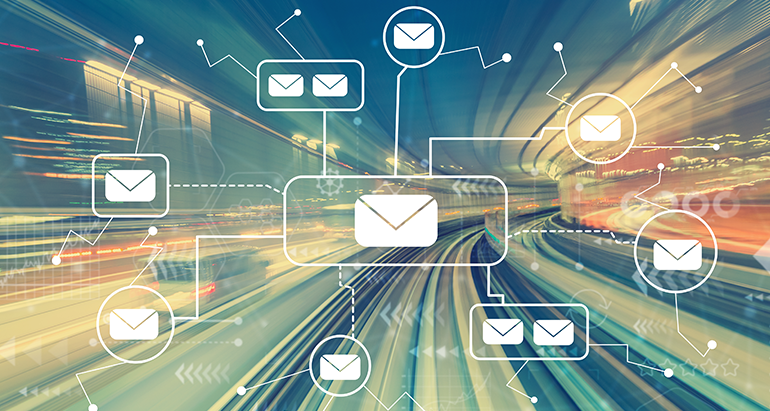
4 Workflows to Automate Your Email Marketing
By Guest Blog -
Email marketing is a key step for any business when it comes to engaging with customers, so it is vital we get it right.
However, there are some emails that are worth automating, at least to some extent, as they can free up time to allow you to focus on the work that is most important. Here are 4 potential workflows you could use to automate your emails and increase your customer engagement.
Welcome New Customers
The first email you are likely to send to customers is one welcoming them to your company. Whether this is through them buying a product with you for the first time, creating an account with you, or subscribing to a mailing list. While the wording of these emails is important and you want to make sure all customers feel acknowledged, this is definitely a good place to start when considering automation.
“Welcome emails make customers feel valued and more likely to engage with you and your products,” recommends marketing manager Jason Wolfe, Academ advisor, and Writing populist.
Here there are three potential triggering events: a customer buys a product for the first time, the customer creates an account with the company, and the customer subscribes to a mailing list. From here, each would trigger a version of the welcome letter to be sent to the customer.
• Customer buys a product with us for the first time > Send a semi-personalized email (name etc. auto-filled) thanking the customer for purchase and welcoming them to the company.
• The customer creates an account with us > Send a semi-personalized email (name etc. auto-filled) thanking the customer for joining and welcoming them to the company.
• The customer subscribes to a mailing list > Send a semi-personalized email (name etc. auto-filled) thanking the customer for joining the mailing list and welcoming them to the company.
Re-Engagement
Another email worth automating is when a customer has shown little to no engagement with you or your products. The triggering event here would be based on a timer of the last time a customer bought a product from you or when they last used your site.
The workflow may look like this:
• The customer hasn’t bought a product in 3 months > Send an email to the customer asking them to come back and offer a discount or other incentive to return.
Abandoned Cart
A lot of customers are lost at the cart stage for a variety of reasons, if this happens regularly it might be worth reviewing the overall flow of your cart and purchasing process. However, sometimes a customer adds stuff to their cart to buy later and simply forgets they’re there.
“It’s not uncommon for a customer to forget their cart if they were browsing in a break and if they’re not reminded it can lead to a list lead,” warns Antonio Elliott, a business writer at Essay Roo review and Via writing.
The workflow here might look like this:
• Customer adds items to cart > Customer does not proceed to purchase > 24 hours have passed with items in the cart and no purchase > send customer email reminding them of the items in their cart.
Lead Nurturing
Lead nurturing may not seem like something easily automated when it comes to emails and customer engagement, however, it may be useful as a way of engaging with customers subscribed to mailing lists or with accounts who have not yet purchased anything with your company.
Emails here might be introducing new products, sales announcements, or even just customer testimonies about your company. These would be triggered by a customer who has an account or is subscribed to your mailing list but who has not purchased anything from your company.
This would likely be a time-based trigger and may look like this:
• The customer has an account with the company but hasn’t ever made a purchase > this status stays the same for a period of 3 months > send an email with potential products or offers to encourage customer engagement
Wrapping Up
There are several potential workflows you can do to automate your emails and these 4 options are only the tip of the iceberg. The one thing you must remember when emailing customers however is any preferences they have selected and where they have opted out of any mailing lists or marketing emails.
Our digital strategy starts with targeted SEO research and elegant, functional web design—and follows through with data-driven email marketing, digital ads, social media and more. Let's get digital.
***
Tech and Marketing consultant and marketing strategist Rebecca Leigh attends conventions and does business consultations as part of her work with Best essay services and Study demic. She also contributes her writing to online sites and blogs like Simple Grad.